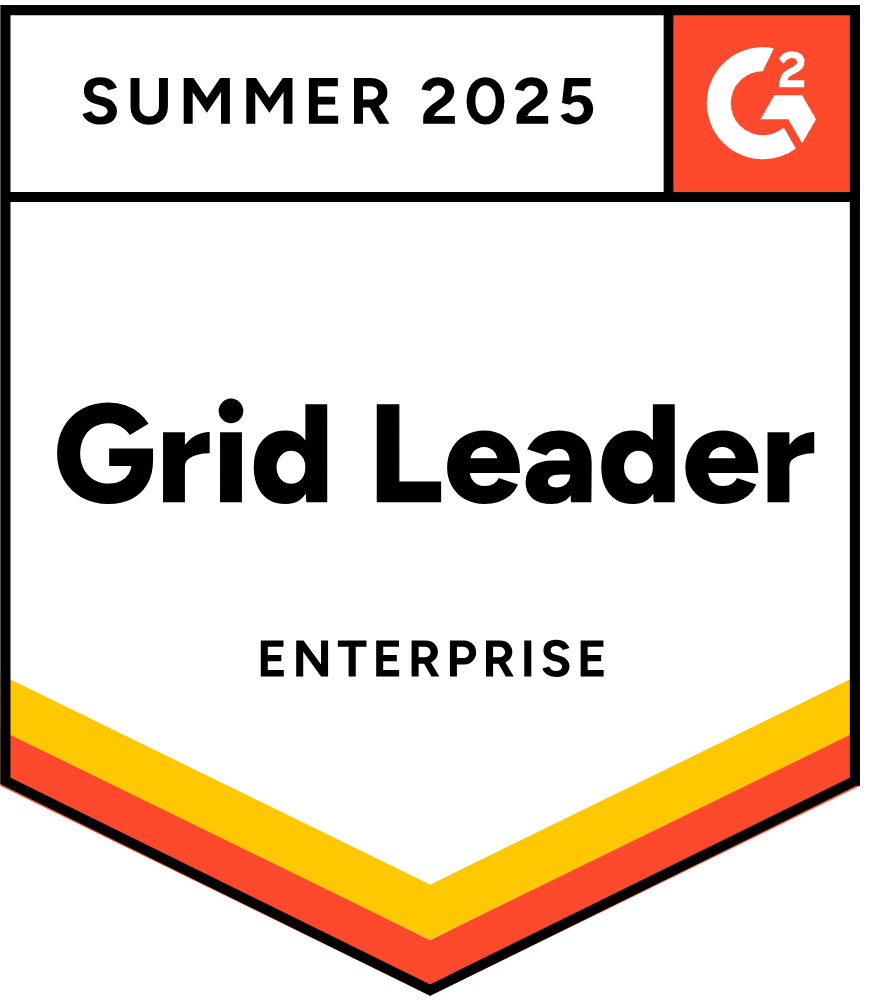For years, businesses relied on static scripts to manage data pipelines. These scripts were reliable only under stable conditions. But if a data format changed or a cloud service went down, the process failed and needed human intervention.
Agentic AI workflows change this model. Instead of waiting for people to fix problems, they adapt in real time, make decisions, and continue running smoothly. They can reroute data during outages, fix quality issues, and detect format changes automatically.
This reflects a bigger shift. IDC projects that by 2025, 67% of the $227 billion in AI spending will come from enterprises embedding AI into their core operations. Agentic workflows are a key driver of this transformation.
What are Agentic AI Workflows
An agentic AI workflow is a process where intelligent AI agents take actions, make decisions, and coordinate tasks with little human input.
- Traditional workflows follow fixed instructions. If anything changes, the process breaks.
- Agentic workflows are flexible. They understand changes, adapt their plan, and still complete the task.
Think of it this way:
- A traditional automation is like a blueprint. If something shifts, the whole plan collapses.
- An agentic AI workflow is like a problem-solving architect. It adapts, selects the right tools, and adjusts the design to achieve the goal.
Agentic AI Workflows vs. Robotic Process Automation (RPA)
To truly understand what an agentic workflow in AI is, it's crucial to distinguish it from Robotic Process Automation (RPA). While both aim to automate tasks, their underlying mechanisms and capabilities are fundamentally different:
Key difference: RPA automates tasks, while agentic AI workflows automate outcomes through reasoning, planning, and adaptation.
Key Capabilities of Agentic AI in Workflow Automation
Agentic AI agents are not just chatbots or scripts. They combine perception, reasoning, planning, and execution.
- Autonomous decision-making
- Make real-time decisions as data changes.
- Choose optimal paths without constant human input.
- Goal-oriented execution
- Work toward high-level goals instead of step-by-step commands.
- Break big goals into smaller tasks and adapt as needed.
- Tool use and integration
- Connect with CRMs, ERPs, and databases.
- Trigger applications, send emails, and query data directly.
- Learning and self-correction
- Learn from results and past actions.
- Improve accuracy and reliability over time.
- Multi-agent collaboration
- Multiple agents can specialize and coordinate.
- Example: one handles fraud detection, another manages customer alerts.
By combining these abilities, agentic AI reduces human error, boosts efficiency, and frees employees for more strategic work.
Building AI Agent Workflows for Businesses
The tools to create agentic AI workflows already exist. Businesses can design and launch them using AI workflow builders.
- Visual workflow design – Drag-and-drop interfaces make it easy to map processes and assign agent roles.
- Custom agent creation – Agents can be tailored for HR, finance, IT, or support.
- Integration with existing systems – APIs and connectors link workflows with current software.
- Monitoring and optimization – Dashboards track performance and spot bottlenecks.
- Human-in-the-loop checkpoints – Agents can hand off tasks to people when oversight is needed.
These platforms make agentic AI workflows accessible even for non-developers.
Real-World Examples of Agentic AI Workflows in Action
- IT Service Desks – Agents categorize tickets, reset passwords, and resolve issues automatically. Complex cases are escalated intelligently.
- Supply Chain Optimization – Agents reroute deliveries based on traffic or weather, forecast demand, and manage inventory.
- Financial Fraud Detection – AI monitors transactions, blocks suspicious activity, and investigates patterns in real time.
- HR and Onboarding – Agents schedule interviews, process time-off requests, and complete IT setup for new employees.
- Healthcare – Agents manage patient intake, update medical histories, and coordinate follow-ups.
These examples show how agentic AI shifts operations from reactive to proactive.
AI Workflow Services: Making Adoption Easier for Enterprises
Enterprises don’t need deep AI expertise to benefit from agentic workflows. AI workflow services simplify adoption:
- Platform-as-a-Service (PaaS) – Cloud platforms provide infrastructure and pre-built agents.
- Industry-specific AI agents – Tailored for HR, finance, IT, and healthcare.
- Consulting and implementation – Experts design and integrate workflows into existing systems.
- Managed services – Vendors handle deployment, monitoring, and updates.
- Integration with RPA – Adds intelligence to existing automation for smarter execution.
These services make it easier for businesses to adopt agentic AI at scale.
The Future of Agentic AI Workflows
Agentic AI workflows are still evolving, but the direction is clear:
- Seamless enterprise integration – By 2028, 33% of enterprise software will embed agentic AI (Gartner).
- Enhanced human-AI collaboration – More natural interfaces will make working with AI agents seamless.
- Hyper-specialized agents – Industry-specific agents will emerge for fields like law and precision manufacturing.
- Hybrid AI architectures – Workflows will orchestrate large language models, predictive AI, and generative AI together.
This evolution will make AI an active partner in operations, solving problems and driving outcomes in real time.
How Agentic AI Transforms Data Management (Acceldata’s Role)
At Acceldata, agentic AI is applied directly to enterprise data management. The platform moves beyond traditional observability and delivers intelligent, autonomous data operations.
Key capabilities include:
- AI Agents – Detect anomalies, correct issues, and optimize analytics workloads.
- xLake Reasoning Engine – Understands business context and transforms data workflows.
- The Business Notebook – Natural language interface for interacting with data.
- Agent Studio – Build and deploy custom AI agents.
- Comprehensive data observability – Real-time monitoring of pipeline health, quality, and freshness.
This approach enables enterprises to run adaptive, intelligent data operations with less manual effort.
Agentic AI workflows mark a shift from static automation to intelligent, adaptive systems. They enable businesses to operate with more resilience, accuracy, and speed while freeing employees to focus on innovation.
For enterprises ready to explore agentic AI in data operations, the next step is clear.
Consider scheduling a demo with Acceldata to see how agentic AI can transform your workflows.
Frequently Asked Questions About Agentic AI Workflows
1. What is an agentic AI workflow?
An agentic AI workflow is an AI-driven process in which autonomous AI agents make intelligent decisions, plan actions, and coordinate tasks to achieve goals with minimal human intervention.
2. How can agentic AI improve workflow automation?
Agentic AI enhances automation by enabling systems to proactively solve problems, make real-time decisions, and integrate tools. This boosts efficiency, reduces errors, and automates complex, dynamic processes that traditional methods can't handle.
3. What are AI agents used for in workflows?
AI agents in workflows are utilized for intelligent, autonomous actions. They perceive data, reason, plan steps, execute tasks (such as querying, fixing data anomalies, and sending emails), and collaborate, all to drive the workflow toward a defined goal.
4. Can I build custom agentic AI workflows for my business?
Yes. AI agent workflow builders and platforms empower businesses to create and deploy custom agentic AI workflows, tailoring agents and integrating them with existing systems.
5. What is the difference between traditional AI and agentic AI workflows?
Traditional AI analyzes or creates data. Agentic AI workflows take it a step further, emphasizing autonomous action and goal-driven behavior. Agentic AI decides what to do and acts upon it, learning and adapting to achieve objectives.
6. What makes agentic AI different from traditional automation?
Agentic AI adapts to change and makes decisions. Traditional automation breaks when conditions shift.
7. Can agentic AI work with my existing business tools?
Yes. Workflows connect with CRMs, ERPs, and databases through APIs and integrations.
8. Is agentic AI only for large enterprises?
No. While large enterprises see big benefits, small and mid-sized businesses can use agentic AI workflow builders too.
9. What industries benefit most from agentic AI workflows?
Finance, IT, supply chain, HR, and healthcare see strong results. But any industry with complex processes can benefit.
10. How does Acceldata support agentic AI workflows for data management?
Acceldata offers an agentic data management platform that detects issues, optimizes pipelines, and supports custom AI agents.













.webp)
.webp)


